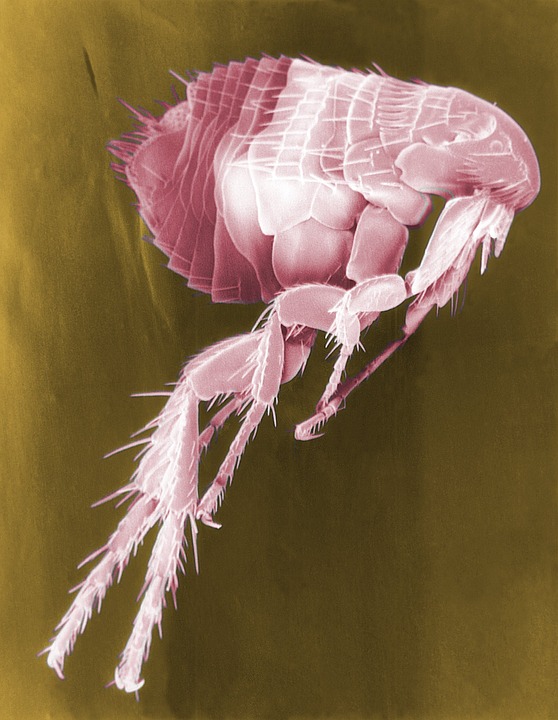The Human Preattention: Why We Get Goosebumps, and What It Means for Our Brains and Behavior
Have you ever felt a sudden chill run down your spine, accompanied by a prickling sensation on your skin? You’re not alone. This phenomenon, commonly referred to as "getting goosebumps," is a universal human experience that has puzzled scientists and psychologists for decades. But what triggers this physiological response, and what does it reveal about our brains and behavior?
The Science Behind Goosebumps
Goosebumps, also known as horripilation, is a reflexive response to emotional stimuli, such as listening to music, watching a movie, or experiencing a thrilling event. This phenomenon is characterized by the sudden contraction of the tiny muscles at the base of each hair follicle, causing the hairs on your skin to stand upright. This physical response is mediated by the autonomic nervous system, which regulates our body’s "fight or flight" response.
Research suggests that goosebumps are closely linked to the release of dopamine, a neurotransmitter associated with pleasure, reward, and emotional arousal. When we experience something emotionally charged, our brain releases dopamine, which triggers a cascade of physiological responses, including the characteristic "bumps" on our skin.
What Does Goosebumps Reveal About Our Brains and Behavior?
So, what does this peculiar phenomenon reveal about our brains and behavior? For one, goosebumps are a testament to our brain’s ability to process and respond to complex emotional stimuli. When we experience something that moves us, our brain is processing multiple sensory inputs, from music and visuals to emotional associations and personal memories. This processing is so intense that it triggers a physical response, demonstrating the profound impact of emotions on our physical bodies.
Goosebumps also speak to our fundamental human need for social connection and community. When we experience strong emotions, we often seek out others who share our emotions, whether through shared laughter, tears, or simply being present in the same space. This need for social connection is deeply rooted in our evolutionary past, where it served as a vital mechanism for survival and bonding.
The Curious Case of Goosebumps in Culture
Goosebumps have been a recurring theme in human culture, appearing in various forms of art, literature, and music. From the eerie, spine-tingling atmosphere of horror movies to the soaring, anthemic choruses of rock ballads, goosebumps have played a significant role in shaping our emotional experiences.
In many cultures, goosebumps are associated with spirituality, mysticism, or the supernatural. For example, in some indigenous cultures, goosebumps are believed to be a sign of spiritual awakening or a connection to the divine. In other cultures, goosebumps are seen as a symbol of courage, bravery, or emotional depth.
Frequently Asked Questions
Q: What causes goosebumps?
A: Goosebumps are triggered by emotional stimuli, such as music, visuals, or personal experiences, which stimulate the release of dopamine and the autonomic nervous system.
Q: Are goosebumps unique to humans?
A: While goosebumps are most commonly associated with humans, some animals, such as dogs and cats, also exhibit a similar response to emotional stimuli.
Q: Can goosebumps be induced intentionally?
A: Yes, researchers have demonstrated that goosebumps can be induced through various means, including music, imagery, and even electrical stimulation of the brain.
Q: Are goosebumps a sign of emotional intelligence?
A: While goosebumps are closely linked to emotional processing, they are not necessarily a direct indicator of emotional intelligence. However, research suggests that individuals who experience goosebumps may be more empathetic and open to emotional experiences.
Image
[Insert image of a person with goosebumps, surrounded by emotional stimuli such as music, lights, or nature]
Conclusion
Goosebumps are a fascinating phenomenon that reveals the complex and dynamic relationship between our brains, emotions, and behavior. Whether triggered by music, art, or personal experiences, goosebumps are a universal human response that speaks to our deep-seated need for connection, community, and emotional expression. By exploring the science and culture of goosebumps, we can gain a deeper understanding of our own emotional experiences and the ways in which they shape our lives.



